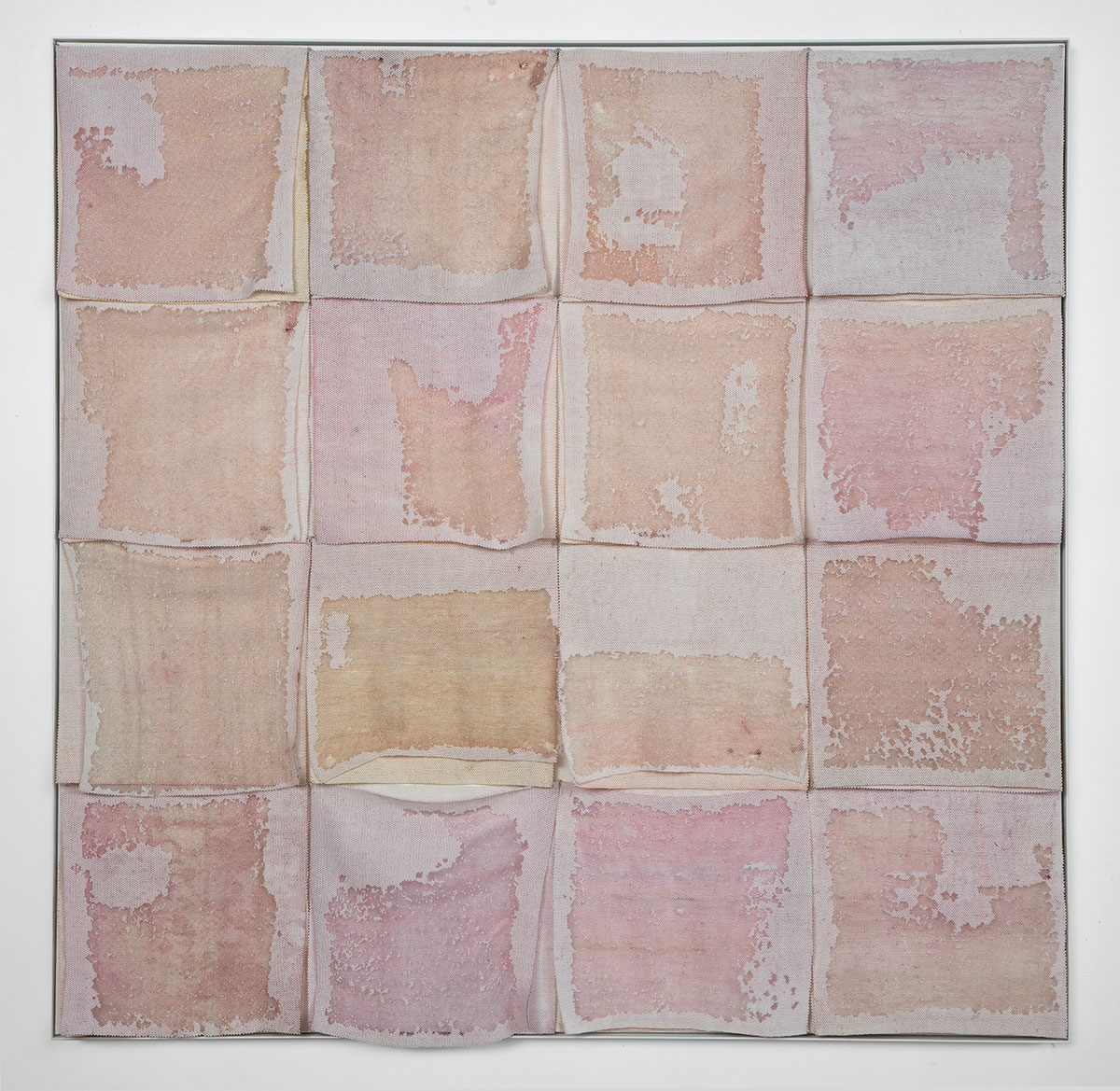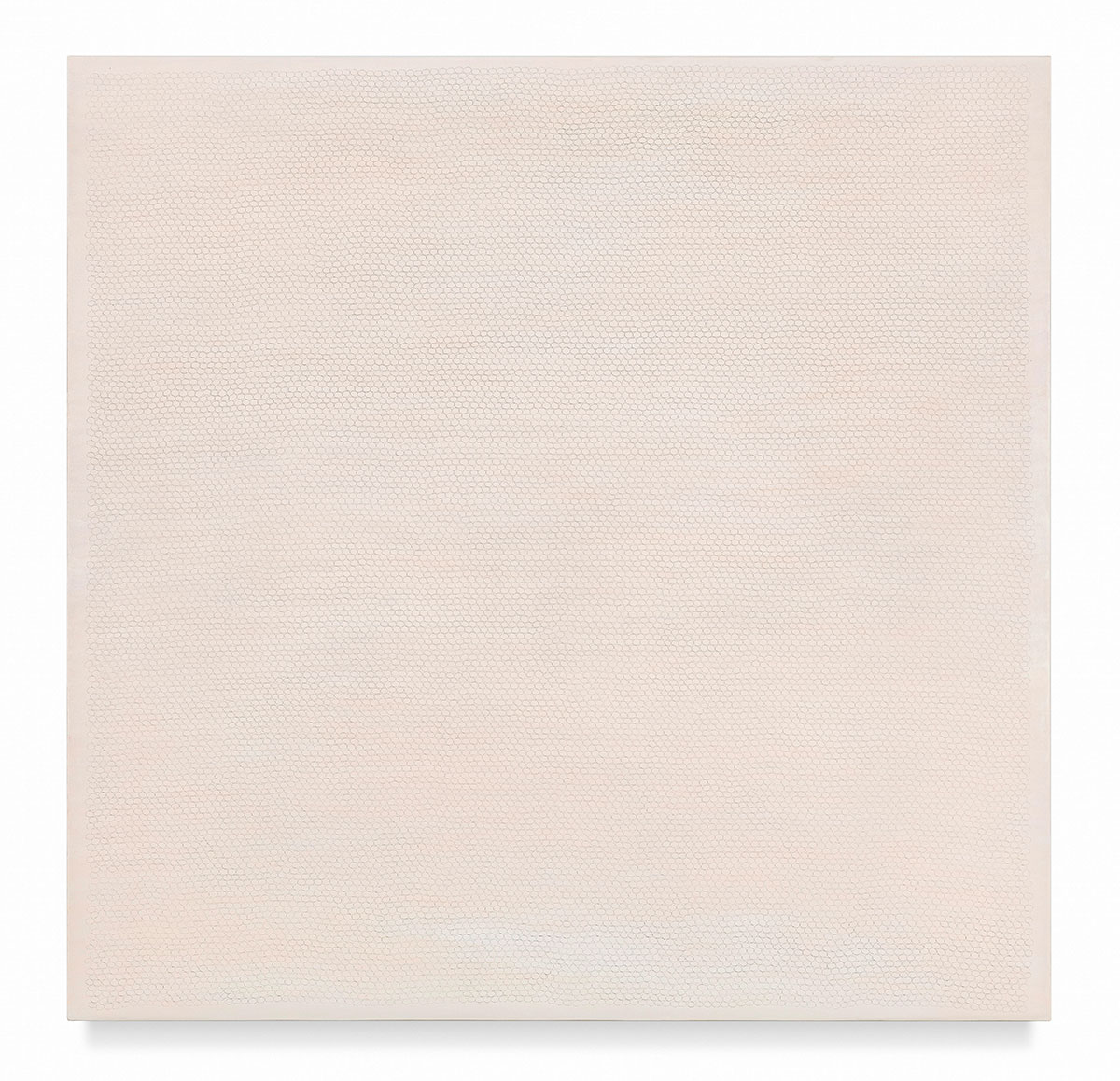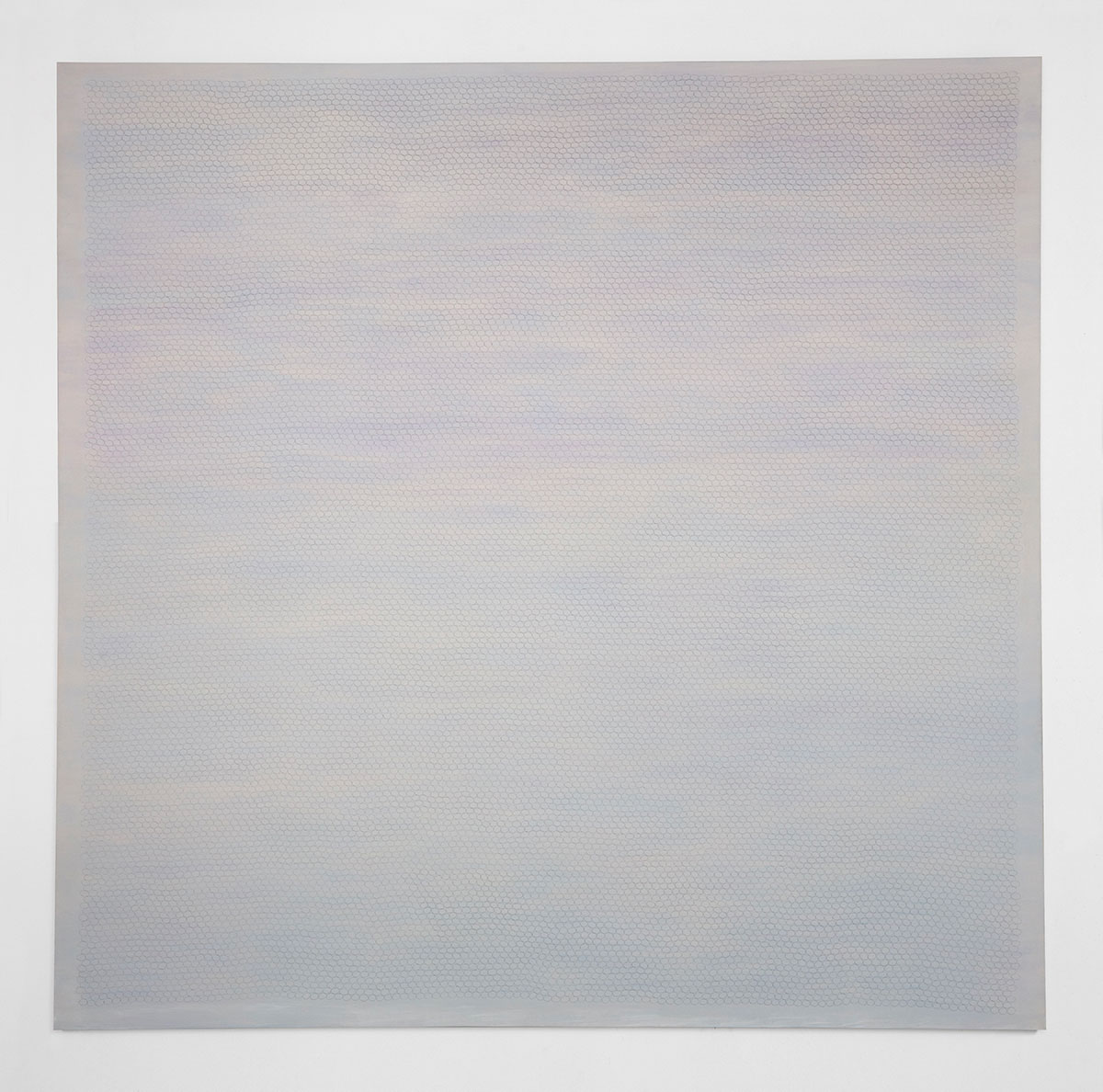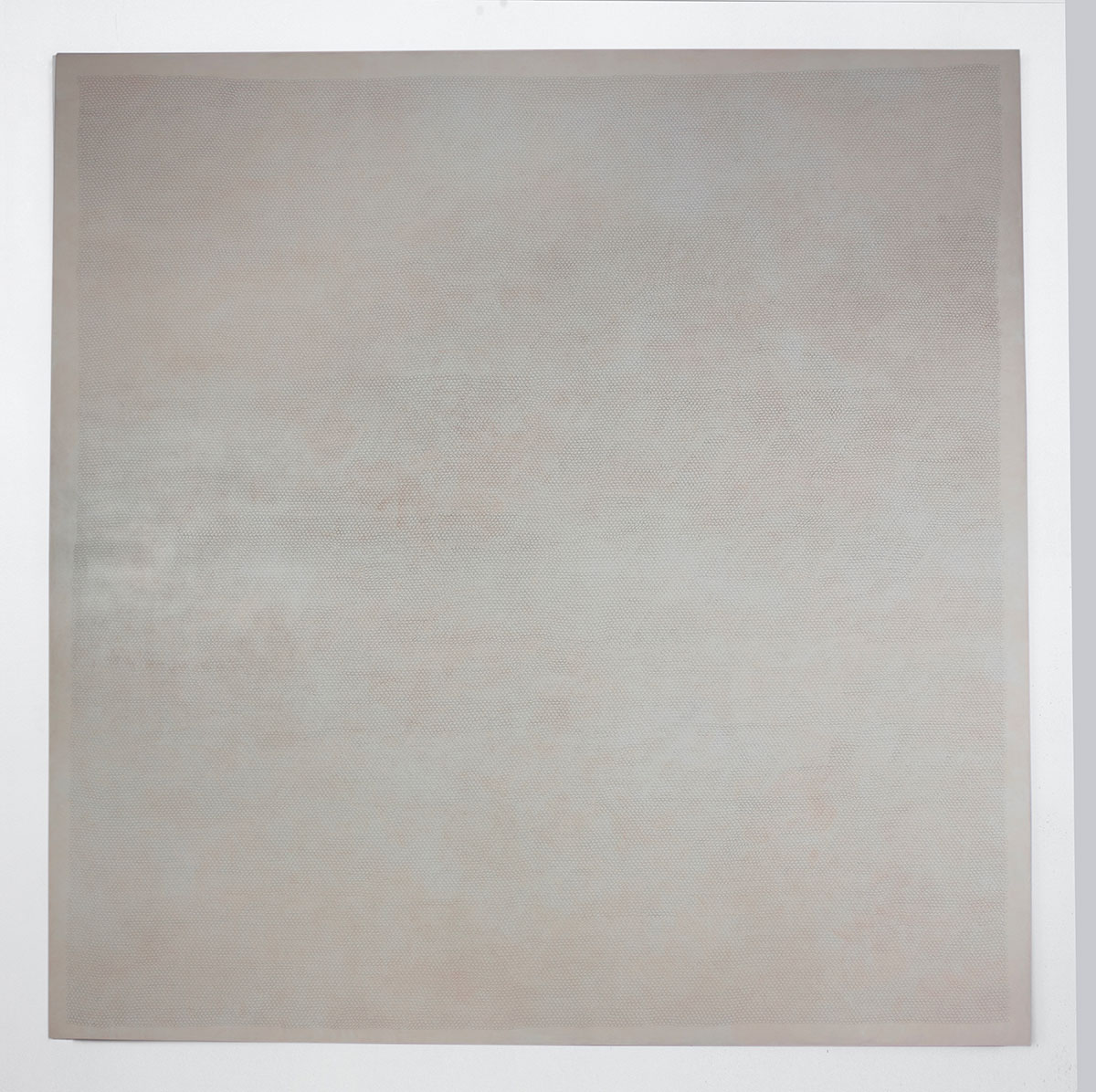ART CITIES: Paris-Liza Lou
 Liza Lou first gained attention in 1996 when her room-sized sculpture “Kitchen” was shown at the New Museum in New York. Representing five years of individual labor, this work subverted standards of art by introducing glass beads as a fine art material. The project blurred the rigid boundary between fine art and craft, and established Lou’s long-standing exploration of materiality, process, and beauty. Working within a craft métier has led the artist to work in a variety of socially engaged settings, from community groups in Los Angeles, to a collective she founded in Durban, South Africa. Over the past fifteen years, Lou has focused on a poetic approach to abstraction as a way to highlight the process underlying her work.
Liza Lou first gained attention in 1996 when her room-sized sculpture “Kitchen” was shown at the New Museum in New York. Representing five years of individual labor, this work subverted standards of art by introducing glass beads as a fine art material. The project blurred the rigid boundary between fine art and craft, and established Lou’s long-standing exploration of materiality, process, and beauty. Working within a craft métier has led the artist to work in a variety of socially engaged settings, from community groups in Los Angeles, to a collective she founded in Durban, South Africa. Over the past fifteen years, Lou has focused on a poetic approach to abstraction as a way to highlight the process underlying her work.
By Efi Michalarou
Photo: Thaddaeus Ropac Gallery Archive
“i see you” is an exhibition of new paintings by Liza Lou in which she methodically draws sequences of circular shapes across delicate grounds of gesso and oil paint. In her new works, Lou purls together hand-drawn shapes to form a large graphite tapestry in which gently undulating patterns seem to fade in and out of view. Pale grounds of blue, yellow, green, purple and pink resemble the changing light of Southern California, anchoring the paintings in the place and time of their making. Lou embraces the legacy of Colour Field painting and the California-based Light and Space movement of the 1960s and 1970s in her approach to color, exploring its emotive, spiritual potential and its capacity to alter perception. As the paint-coated gesso interacts with the feather-light markings on the surface, vision becomes unfixed; the eye unable to focus on a single knowable detail. Sight overcomes reason to generate an experience that is beyond theory, encouraging viewers to abandon their need for analytical control. Lou has named each of the paintings after a singular preposition, adjective, or temporal signifier. The titles cement Lou’s contemplative approach to this body of work. They point to an almost transcendental philosophy of mark-making, tracing a connection back through a feminist engagement with Minimalism to the work of early 20th-century painters such as Hilma af Klint, for whom painting was a spiritual act in itself, rather than simply a means towards the realisation of an idea. In a recent interview, Lou described the heart of her practice as “making something beautiful in a beautiful way”. That same mantra guides the creation of her new paintings, but seems to take on a more personal meaning in i see you. Working alone in her studio, as opposed to the community-driven methods of production that characterise her earlier work, Lou shifts the focus in the exhibition from the structural paradigms of collective creativity to a more elemental reflection on the act of making itself. Labour, repetition and endurance remain central to Lou’s way of working. Like predecessors such as Agnes Martin, she engages with a mode of making rooted in a feminist approach to Minimalism that highlights, rather than hides, the labour-intensive process of creation. Lou began exploring the visual tradition of Minimalism in her “Waves” works, composed of square white cloths woven with beads, which she then hammered away to reveal an intricate net of thread to form her “Cloud” paintings. “These days, I’m peeling back the layers”, she stated in an interview for her new Rizzoli-published monograph. The paintings in “i see you” are a further paring back of the artist’s practice, where only the trace of a sequence of ovals remains on the canvas. A moving net of graphite from afar, up close the gentle variations of the line bear witness to the slow process of mark-making, inviting viewers to follow along with the artist’s hand. Doing so with Lou’s paintings allows us to experience the canvas as a space of contemplation and meditation, where intensity is conveyed through small, patient movements rather than grand emotive gestures. Carefully built over more than 20 different layers of color, the almost translucent grounds draw the eye further into the painting, compounding the sense of disorientation created on the surface. By allowing themselves to become lost in Lou’s large, intricate paintings, viewers are invited to experience pure perception. Painting becomes a place for thought both for the artist and for viewers, not by inviting interpretation or conveying a message, but through moving, mark-making, and seeing.
Photo: Liza Lou, Heart Meat, 2022-2023, Acrylic paint on glass beads, 142,24 x 140,97 x 5,08 cm (56 x 55,5 x 2 in), © Liza Lou, Courtesy the artist and Thaddaeus Ropac Gallery
Info: Thaddaeus Ropac Gallery, Paris Marais, 7 rue Debelleyme, Paris, France, Duration: 27/4-3/6/2023, Days & Hours: Tue-Sat 10:00-19:00, https://ropac.net/



